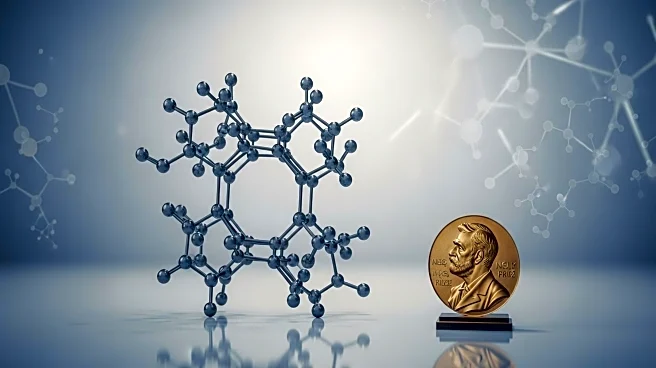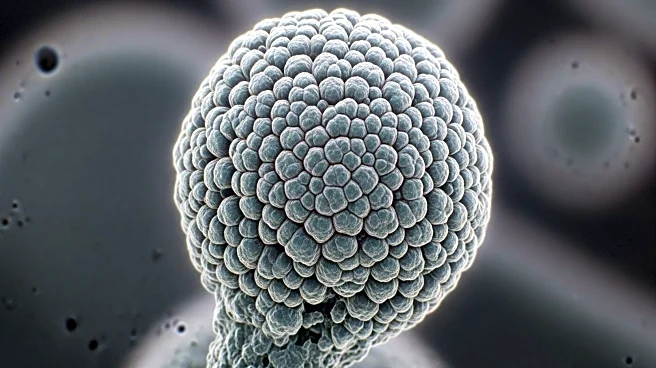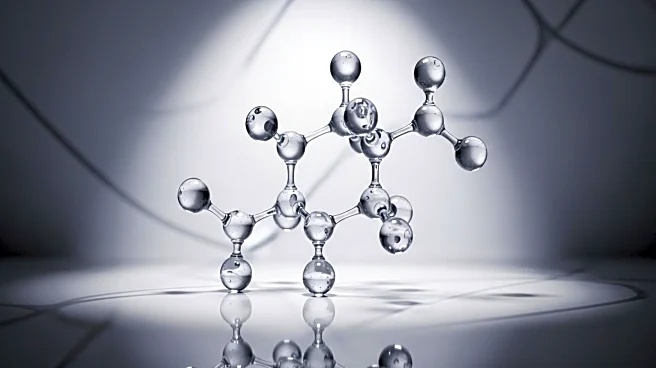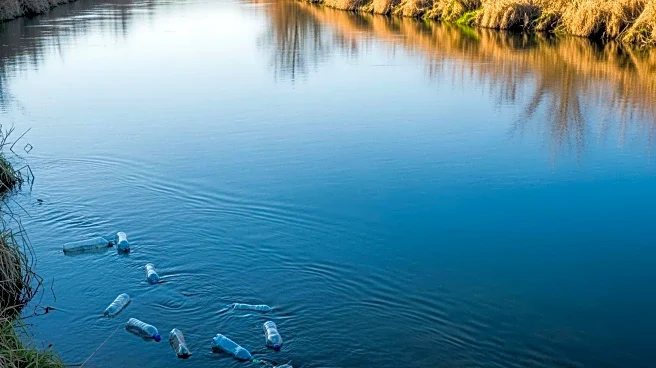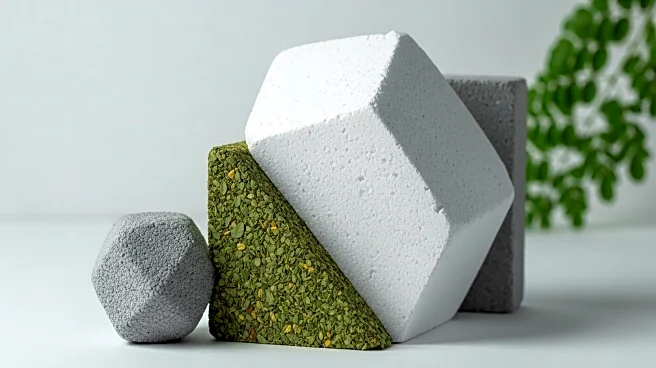What's Happening?
Recent research has focused on developing sustainable slag-based geopolymers incorporating styrofoam and Moringa leaves ash for environmental remediation. These geopolymers have been shown to enhance mechanical properties and adsorption capabilities, particularly for removing crystal violet dye from industrial effluents. The study highlights the dual function of these geopolymers in waste valorization and environmental remediation, offering a promising approach to treating polluted water. The materials used in the study, including styrofoam and Moringa leaves ash, contribute to the mechanical enhancement and adsorption properties of the geopolymers, making them effective in treating industrial effluents contaminated with crystal violet dye.
Why It's Important?
The development of these sustainable geopolymers is significant for environmental remediation efforts, particularly in water treatment. By utilizing waste materials like styrofoam and Moringa leaves ash, the research promotes a circular economy and reduces environmental impact. The enhanced adsorption capabilities of these geopolymers can lead to more efficient removal of pollutants from water, addressing a critical need in industrial wastewater management. This innovation not only helps in reducing pollution but also contributes to sustainable construction practices by utilizing waste by-products, thus promoting environmental sustainability.
What's Next?
Future research is expected to focus on the applications of these geopolymers in construction and environmental remediation to further improve their long-term sustainability. There is potential for these materials to be used in broader environmental applications, including the treatment of various industrial pollutants. Researchers may also explore the regeneration and reuse of these geopolymers to enhance their effectiveness and sustainability in water treatment processes. Developing efficient and cost-effective regeneration techniques will be crucial to maintaining the adsorption capacity and structural integrity of these materials over multiple cycles.
Beyond the Headlines
The use of waste materials in creating these geopolymers highlights an innovative approach to addressing environmental and industrial challenges. By reducing the amount of waste sent to landfills and promoting sustainable practices, this research contributes to the development of eco-friendly solutions in construction and environmental remediation. The study also underscores the importance of interdisciplinary approaches in tackling complex environmental issues, combining materials science, chemistry, and environmental engineering to create effective solutions.

